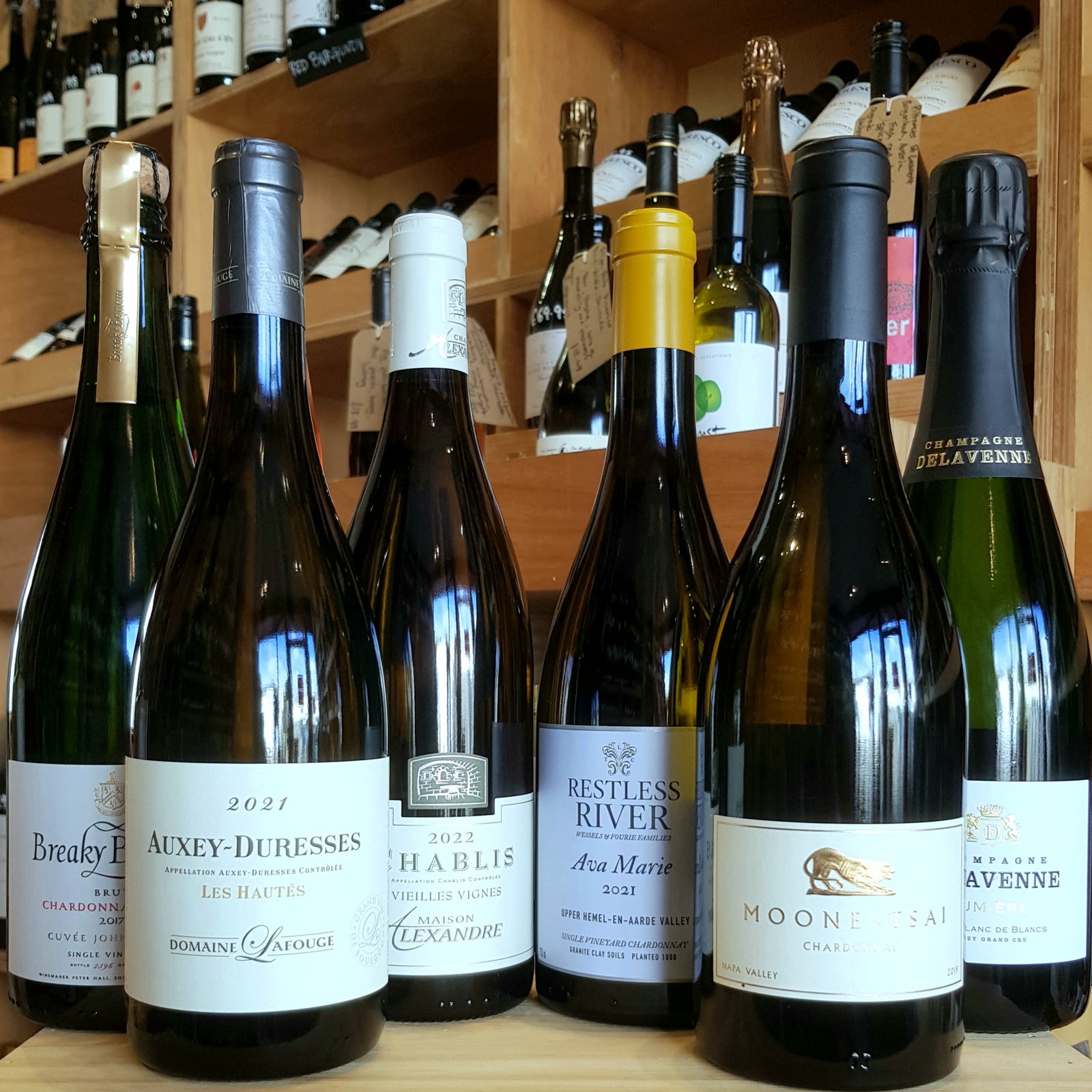
Wine grapes don't come more ubiquitous than Chardonnay, if a place is suitable for vineyards there is a very good chance that someone will have tried to grow Chardonnay there. Chardonnay's superpower is its versatility, being shaped by the soil and climate its grown in, and happily taking to the flavours imparted by oak and lees-ageing.
With an ability to express fruit flavours ranging from crisp lemons and green apples to ripe peaches and pineapples, alongside floral, nutty, creamy and mineral notes, I truly believe there is a Chardonnay out there for everyone. Among still Chardonnay alone we carry around 60 different wines from around the world!
The Origins
With a grape variety as old as Chardonnay, the exact history can be a challenge to pin down, but the story likely begins in Eastern France. Thanks to modern DNA testing we know that it was a cross of Pinot Noir and, once widely planted, Gouais Blanc, making it a sibling of Aligote, Gamay Noir and Melon Blanc. Its name gives us a major clue towards its homeland - Chardonnay is the name of a village in the Macon region of Burgundy.
Burgundy
The strip of limestone-rich hills snaking south from Chablis to Lyon are Chardonnay's most iconic domain. Here, over centuries, individual plots have gained fame and the winemaking methods associated with this grape were developed. At the heart of the region, in the Cote d'Or, the world's most expensive dry white wines are made in the Montrachet Grand Cru, a vineyard that has been recognised for its quality as early as the 1200s! The villages of Meursault, Saint-Aubin, Pernand-Vergelesses, Auxey-Duresses and more all lend their names to the whites of this region, which typically marry the creamy richness of barrel fermentation with firm minerality, fresh fruit and floral notes. Chablis, to the very north of the region, makes firmer wines, typically with little-to-no influence from oak and carrying a particular sea-shell minerality.

Domaine Lafouge Auxey Duresses Les Hautes 2021 - £45 Organic without certification
The Lafouge family are specialists in the wines of Auxey-Duresses, with five generations working almost exclusively with vineyards within the village (they have a couple of hectares in Meursault and Pommard now as well). A great focus is made on the manual work in the vineyard, using only organic methods for the benefit of the soil health, and limiting yield to increase the depth and concentration of their crop. In the cellar their use of oak is judicious, avoiding heavy new oak flavour to allow the individual flavour of each vineyard to show through.
As its name suggests, Les Hautes is high on the hillside, and is found on the border with Meursault. The character is defined by freshness, with crisp green apple, lime and melon fruit and hints of smoky minerality on the nose. With some time open, notes of white flowers and subtle vanilla come out as well. It has a nice body, round but not heavy, and a lovely crisp acidity that holds throughout the long finish. A really classic white Burgundy from a domaine gaining in popularity (but yet to really skyrocket in price!)

Maison Alexandre Chablis Vieilles Vignes 2021 - £24.95 Sustainable
Olivier Alexandre oversees this 13 hectare estate, with parcels spread over 4 communes in Chablis, certified Haute Valeur Environmentale (a French agricultural sustainability certification). He likes to use only stainless steel for his fermentations and ageing, giving a very pure and vivid style of Chablis.
The Vieilles Vignes (old vine) Chablis comes from the vineyards planted by Olivier's grandfather in the 1960s. These old vines have deeper roots digging into the limestone bedrock and produce lower yields of more concentrated fruit. The incisive citrus fruit and steely minerality are joined by slightly riper notes of nectarine and a hint of verbena.
The Rest of the World
It would require an entire book to write about the myriad styles of Chardonnay grown across the globe, some very alike to Burgundy, some nigh-unrecognisable. Certainly California and Australia were among the earliest places outside of Europe to gain recognition for the quality of their Chardonnay but there are stunning wines from England to Argentina to New Zealand and everywhere in between!
There are winemakers who dial the richness up to 11, with the ripeness of warm climates enhanced by generous use of new oak barrels. There are also those teasing out the crystalline minerality of the grape, making subtle wines in the cooler corners of the grape-growing world.

Restless River Ava Marie Chardonnay 2021 - £48.95 Organic without certification
The Hemel-en-Aarde region of the Cape south coast is arguably South Africa's finest locale for Chardonnay. With high altitudes and close proximity to the sea it has a cool climate, perfectly for slowly developing flavour while maintaining plenty of acidity.
Craig and Anne Wessels of Restless River have established themselves as experts of this terroir, producing thrilling and ageworthy wines from their 7 hectares of vineyard. The Ava Marie Chardonnay, named after their daughter, comes from a single 2 hectare block on granite at 1200m altitude, just 2km from the Southern Ocean. Fermented largely in used oak barrels, with around 10% each in new oak and clay amphora, they do not add cultured yeasts or other adjuncts before fermentation.
The nose brings together waxy lemon peel, nectarine, toasted crumble topping, laurel and flinty minerality in beautiful harmony. Typical of great cool-climate Chardonnay it has a weight on the palate well beyond what its 13% alcohol would suggest. The supremely long finish is bone-dry with lots of concentrated citrus fruits and saline minerality. Among the most exciting Chardonnays we have tasted from anywhere in the world, and sure to develop even further complexity with bottle age.

Moone Tsai Napa Valley Chardonnay 2019 - £95
California's Napa Valley produces great Chardonnay at its must sun-soaked and decadent. A small boutique producer, MaryAnn and Larry Tsai source grapes from across the valley for their Moone Tsai wines, particularly favouring vineyards higher into the mountains. The experienced hand of Philippe Melka guides the wines in the cellar, he counts Haut-Brion, Petrus, Dominus and Dana Estates among his former employers, a most formidable resume!
Their Chardonnay comes from the south side of Bald Mountain, at around 500m altitude. This helps temper the heat, giving a fully ripe wine well balanced with acidity. French oak, from selected Burgundian coopers, is used for fermentation and 16 months of ageing, including 45% new barrels each vintage.
Rich pear and peach fruit is the first impression on the nose, swiftly joined by stem ginger, toasted almond and flinty notes. The palate is rich and broad, with a very creamy feeling and abundant stone and citrus fruits that linger gently on the tongue.
Sparkling Wine
Alongside its ubiquity in the world of still wine, Chardonnay is one of the three major grapes of Champagne, and is used all over the world for fine sparkling wines. Alongside blending with Pinots Noir and Meunier, pure Chardonnay sparkling wines are made, these are known as Blanc de Blancs. The best Blanc de Blancs are scintillatingly pure and edgy in youth, with biting minerality, and develop wonderfully with age.

Champagne Delavenne Lumiere Blanc de Blancs Grand Cru Cramant NV - £44.50 Vegan, Organic (in conversion)
The Cote des Blancs, south of Epernay, is Champagne's Chardonnay epicentre. Here the soil is shallowest above the chalk bedrock, forcing the vines deep into the rock. The Grand Cru village of Cramant is famed for producing wines of unmatched balance and harmony.
Champagne Delavenne are growers, unlike many in the region that buy fruit from networks of farmers they exclusively work with their own vineyards. They farm organically and are in the process of attaining certification as such. Lumiere comes from their sole plot in Cramant (the label says Bouzy Grand Cru because their winery is located there) hand-harvested, delicately pressed and fermented with natural yeasts in steel tanks. After the secondary fermentation in bottle it is aged for 3 years on the lees, then another 6 months under cork before it is released.
Aromas of white flowers, white peach, lemon and chalk delicately float in the bouquet. The palate is dry, focused and very long with the emphasis certainly towards the minerality and fine bubbles. Simultaneously creamy and weightless in feeling, it is a wine with superb elegance and nothing out of place.

Breaky Bottom Cuvee John Agard 2017 - £32.50
Peter Hall maintains 6 hectares of picturesque vineyard in a valley near Rodmell and was among the earliest pioneers of quality wine in England, beginning with still wines in the 1970s before moving to exclusively sparkling since 2000. He only makes single vintage wines, each named after a friend of his, and they all receive significant age before release.
The Cuvee John Agard, named for the brilliant Guyanese poet who has been a resident of Lewes since the 1970s, is a blend of 65% Chardonnay, 25% Pinot Noir and 10% Pinot Meunier. A minimum of four years ageing on the lees has added richness and depth to the taut and racy style from Peter's chalky valley.
Green apple, grapefruit and frangipane aromas mingle with hints of sea salt on the nose. Bone-dry, in typical Breaky Bottom fashion, but with nice breadth and body to balance the piercing mineral freshness. A wonderful aperitif or pairing with shellfish now, this has the ability to develop richness in the cellar over the next decade.
I know that the C-word can be offputting to some, recalling fat wines that smelled of buttered popcorn and little else, but I hope that this will inspire some among you to try a Chardonnay for the first time in a while, or use this grape to try a wine from a place or region you have never explored before. Among the many others listed among our range are wines from: Sussex, Rioja, Germany and the Italian alps.

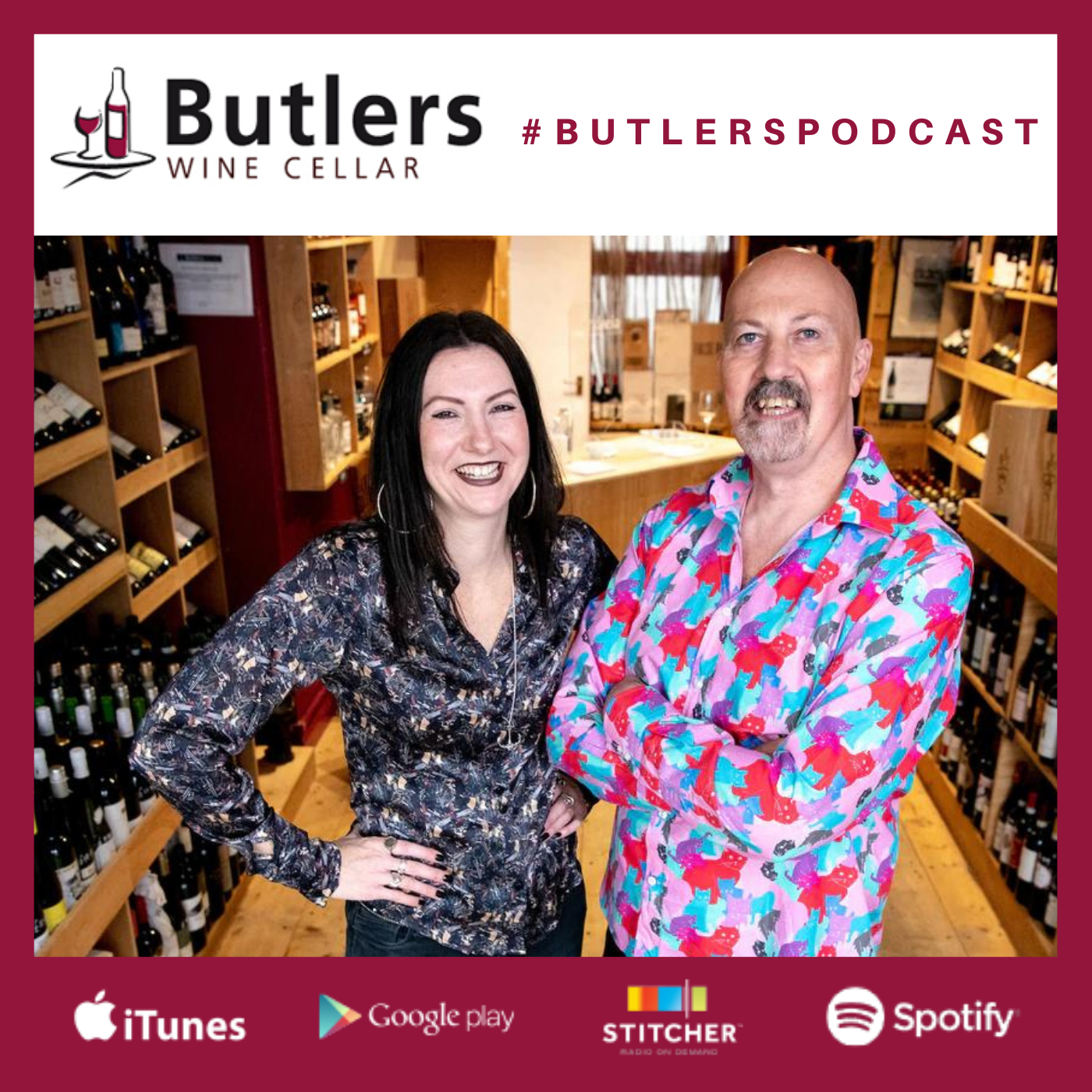

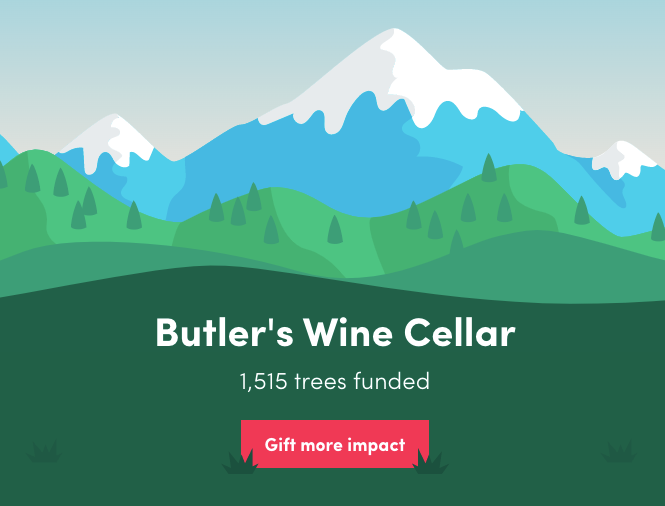


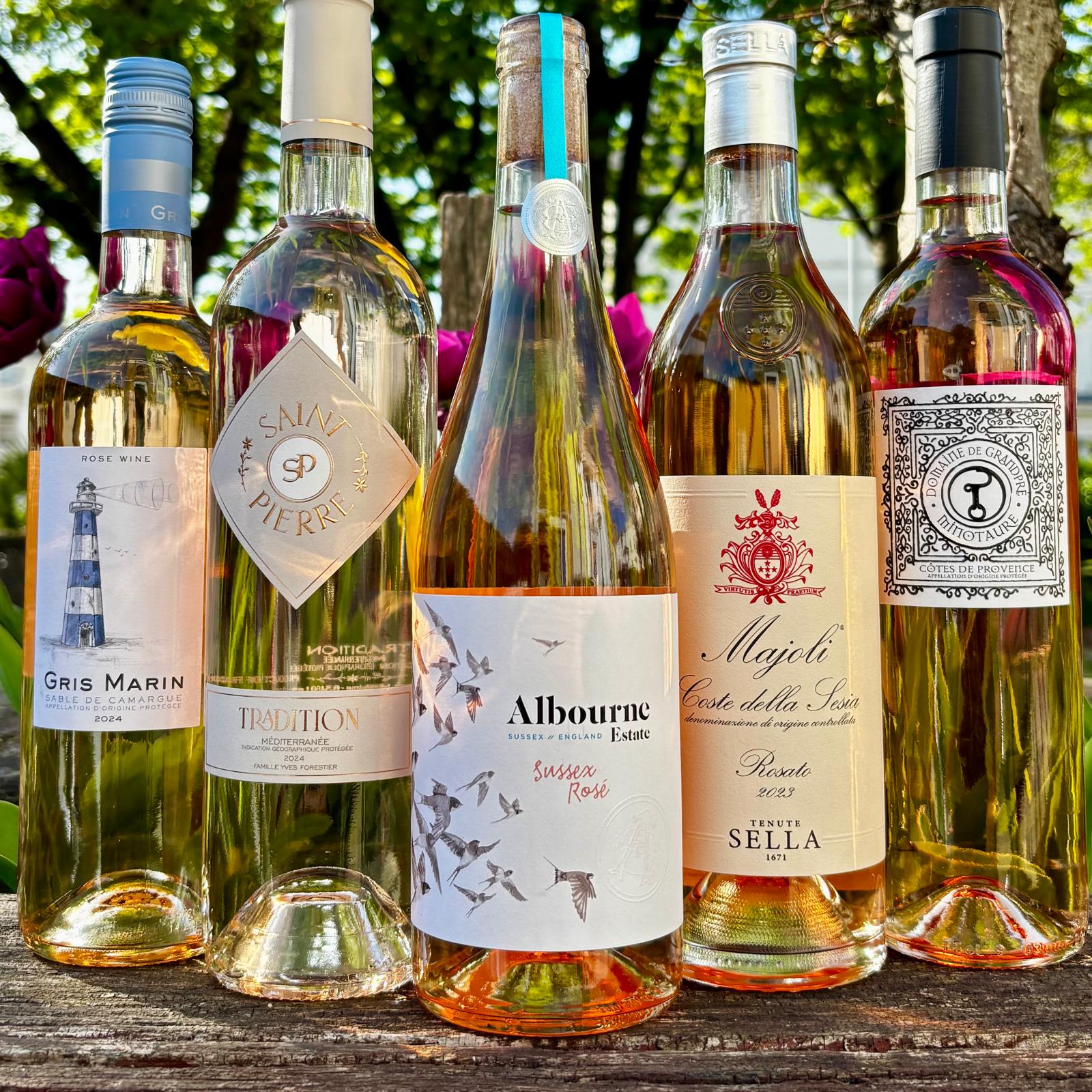
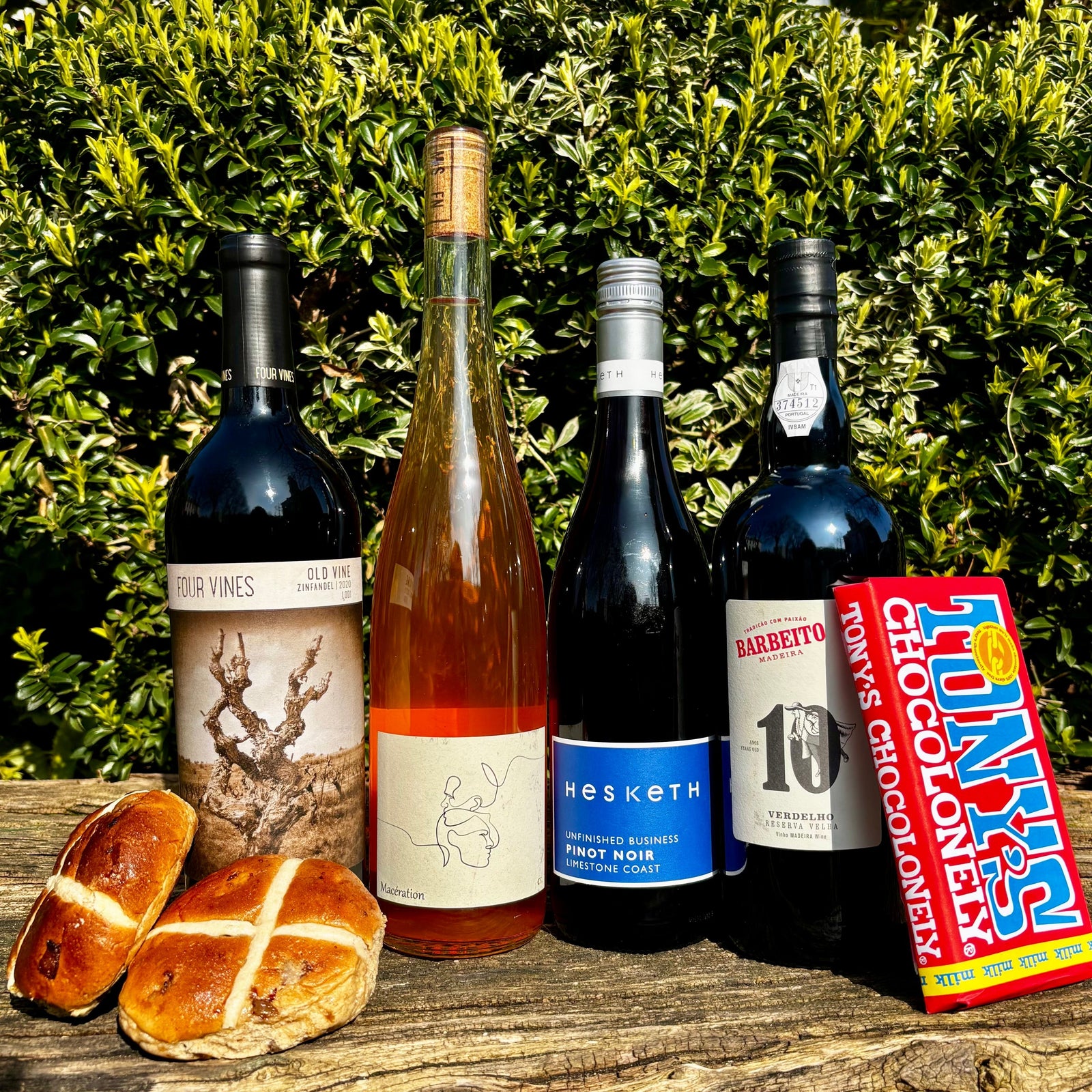
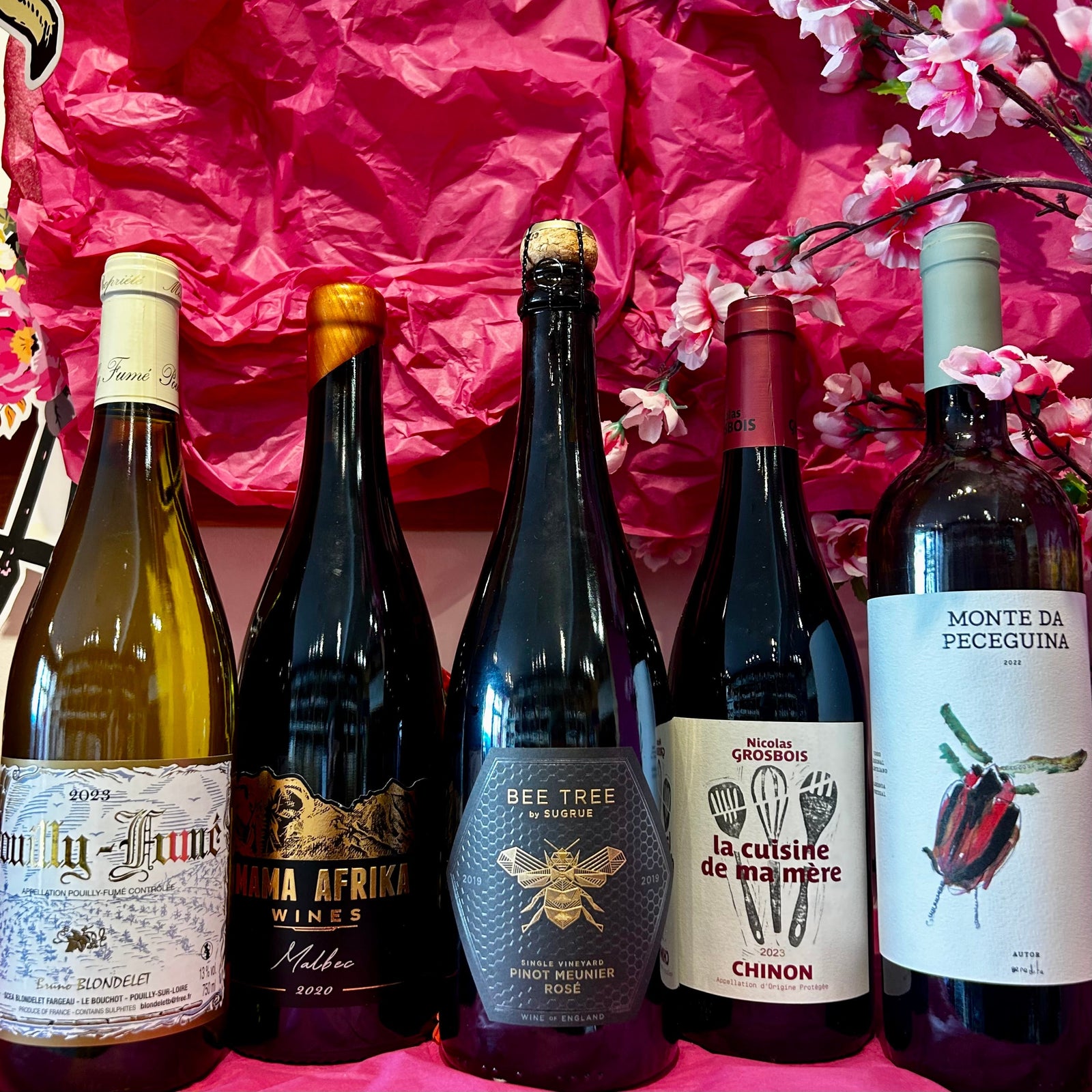
Leave a comment (all fields required)